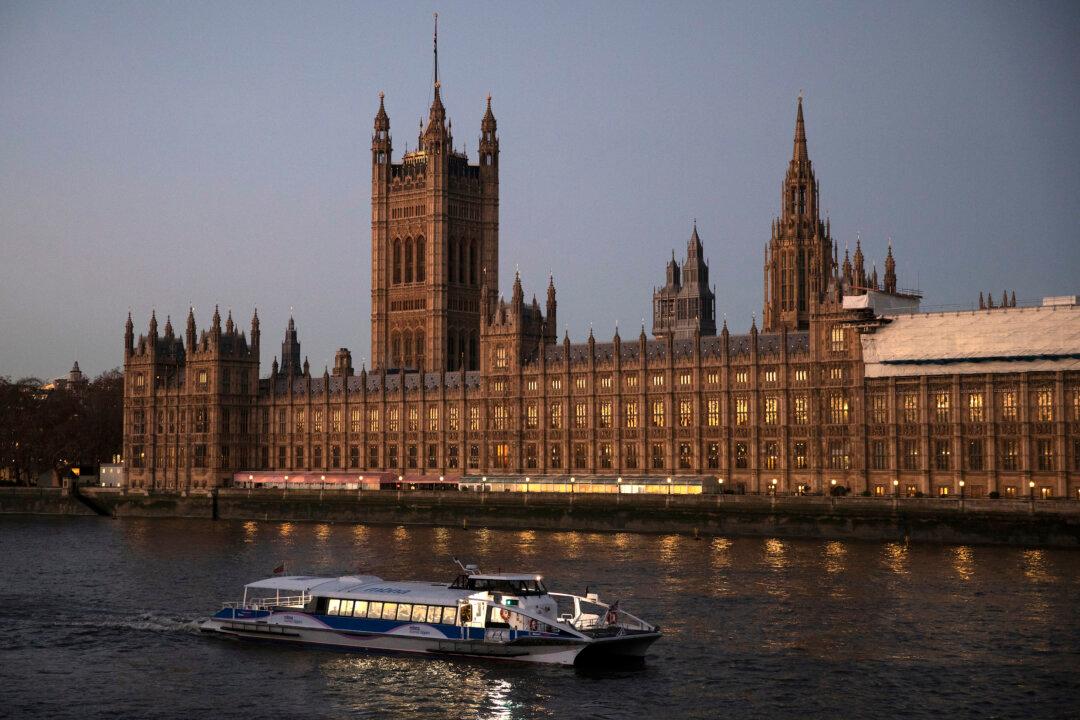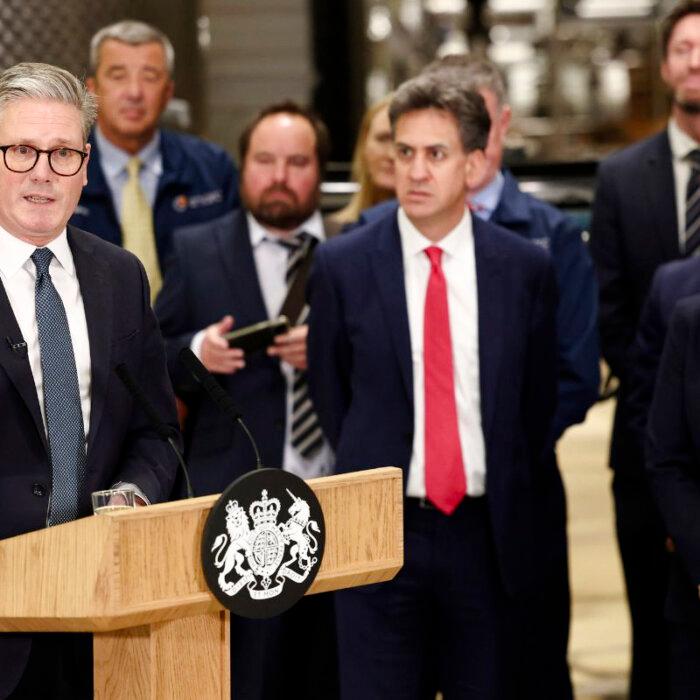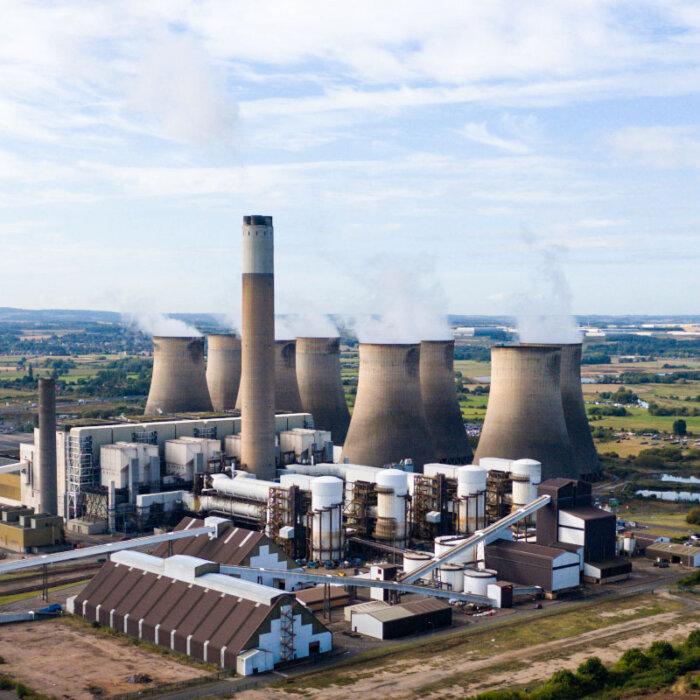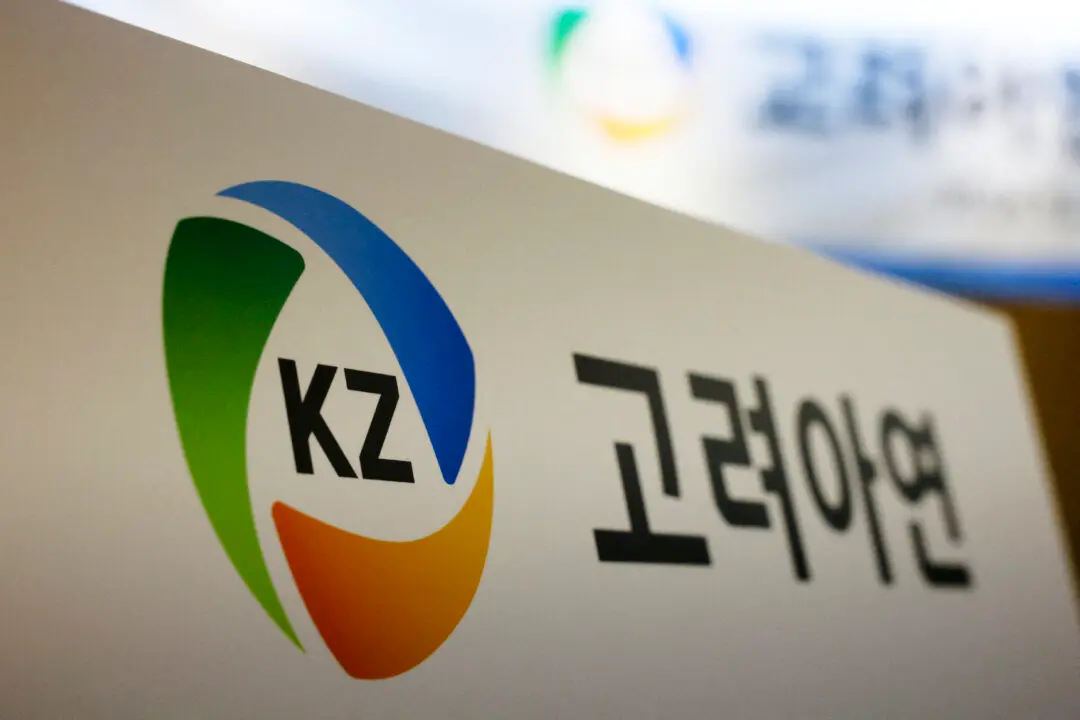The heat network could serve landmark buildings like the Houses of Parliament and the National Gallery, alongside buildings owned by Westminster City Council and the government.
Initiated by the Department for Energy Security and Net Zero (DESNZ) and Westminster Council, the scheme involves heat network developers Hemiko and Vital Energi that form the South Westminster Area Network (SWAN) Partnership.
Unveiled on Wednesday, the project will source low carbon heating from within the local area, including the river Thames, the London Underground and the sewer network.
“These new low-carbon district heat networks will tap into local waste heat sources, delivering clean and affordable energy to those who need it most. The SWAN project will be a crucial piece of our net zero carbon journey in Westminster, leading the way for others and showing what a positive clean energy future could look like,” said leader of Westminster City Council, Adam Hug.
The project is expected to create 500 jobs and save 75,000 tonnes of carbon dioxide every year, improving air quality and boosting businesses.
Heat Network Zones
Minister for energy consumers at the DESNZ, Miatta Fahnbulleh, said the project will support hundreds of jobs and lead the government’s energy security ambition.“Taking waste heat from the River Thames and London Underground to heat such iconic places as the Houses of Parliament and the National Gallery is a really exciting example of what lies ahead on our journey to low-cost, low-carbon heating,” she said.
The scheme is one of the seven heat network zones, backed by government funding. According to the stakeholders, these zones are 40 percent cheaper for customers than building level heat pumps.
Toby Heysham, CEO of Hemiko, called heat networks “the next big utility” in the UK.
“This network will be the flagship network in the UK, the first new zonal scale network in a market that offers an investment potential the size of the UK offshore wind industry. Steps like this show that the UK heat networks market is open for business,” said Heysham.
The SWAN Partnership aims to deliver one of the UK’s biggest heat networks and vowed to invest £100 million within 3 years, £500 million within 10 years, and £1 billion by 2050.
Net Zero
Infrastructure consulting firm AECOM said the scheme will help Britain reach its 2050 net zero target. The policy has been both welcomed and questioned by campaigners and politicians, concerned with the transition and the impact on jobs and costs to the taxpayer.“Westminster is one of the most recognisable locations in the world and through SWAN, the political engine of the UK is going to be supplied almost entirely with low-carbon heat for the first time,” said AECOM head of heat networks Channa Karunaratne.
The launch of the scheme comes just days after the UK government revealed an Autumn Budget that included significant infrastructure investment plans.
Chancellor Rachel Reeves announced £3.9 billion in funding for carbon capture, utilization, and storage, as well as £3.4 billion towards heat decarbonisation and household energy efficiency over the next three years.
The CBI added that the impact of this policy change should be carefully monitored.







